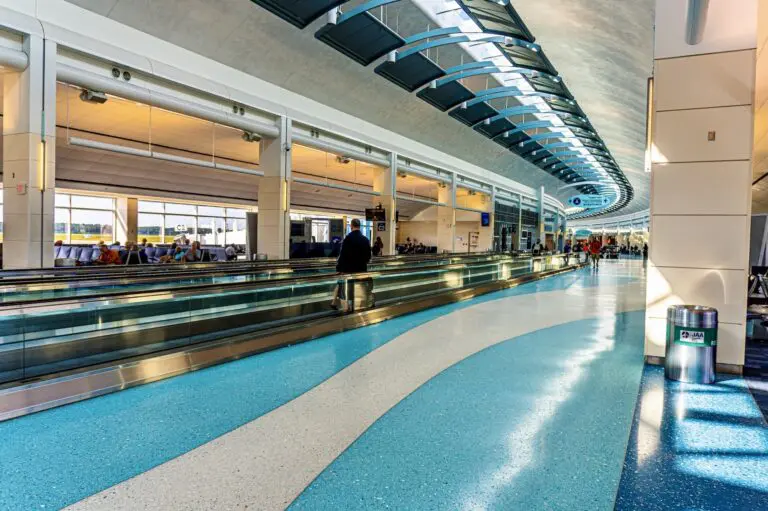Travel and tourism is set to support one in three new jobs created globally in the next decade. Still, a new World Travel & Tourism Council report predicts workforce challenges will create a shortfall of 43 million-plus positions without future-proofing solutions now.
The Future of the Travel & Tourism Workforce report projects that the travel and tourism sector has the capacity to drive workforce growth of 91 million jobs globally by 2035.
In 2024, the sector supported a record 357 million jobs worldwide and is forecast to support 371 million jobs this year.

However, WTTC warns that demographic and structural shifts, such as shrinking working-age populations, loss of roles during the pandemic and global demand, could mean more than 43 million roles (16% below required levels) will go unfilled by 2035.
Travel businesses highlighted recruiting and retaining talent (52%) and technological and sustainable practices (21.8%) as the top two workforce challenges impacting the future of work in the industry.

Low-skilled roles and those that rely on human interaction and cannot easily be automated will remain in high demand and are critical to the industry.
The report into 20 major economies found China, India and the European Union would see the largest workforce shortfalls.
Japan will see its travel and tourism workforce supply projected to sit at 29 per cent below 2035 levels of demand, followed by Greece (-27%) and Germany (-26%).
In comparison, Australia has a predicted shortfall of 189,000 jobs or nine per cent below 2035 levels of demand.
Addressing workforce challenges

Yet, despite these workforce challenges, WTTC’s Interim CEO Gloria Guevara said travel and tourism remain a powerhouse for job creation and provide the opportunity to relook at how the industry attracts, nurtures and retains talent.
“Travel and tourism is set to remain one of the world’s biggest job creators, offering opportunities for millions of people worldwide. But we must also recognise that wider demographic and structural changes are reshaping labour markets everywhere,” she said.
“Many workers left the sector during COVID when travel and tourism came to a standstill. Now, as global unemployment is expected to fall and working-age populations to shrink, this is creating an increased pressure on labour supply, especially for fast-growing sectors like travel and tourism.”

The WTTC report outlines five ways to meet these challenges, such as showcasing the diversity of career opportunities, better alignment of education and industry to address skill shortages, training needs and create leadership pathways, digital and AI adoption and sustainable practices and removing barriers to workplace flexibility.
“This report is a call to action. By working together with governments and educators, our sector will meet these challenges and continue to be one of the most rewarding sectors, offering dynamic futures for the next generations,” Guevara said.
Read the full report here.





